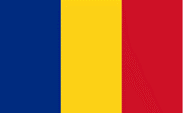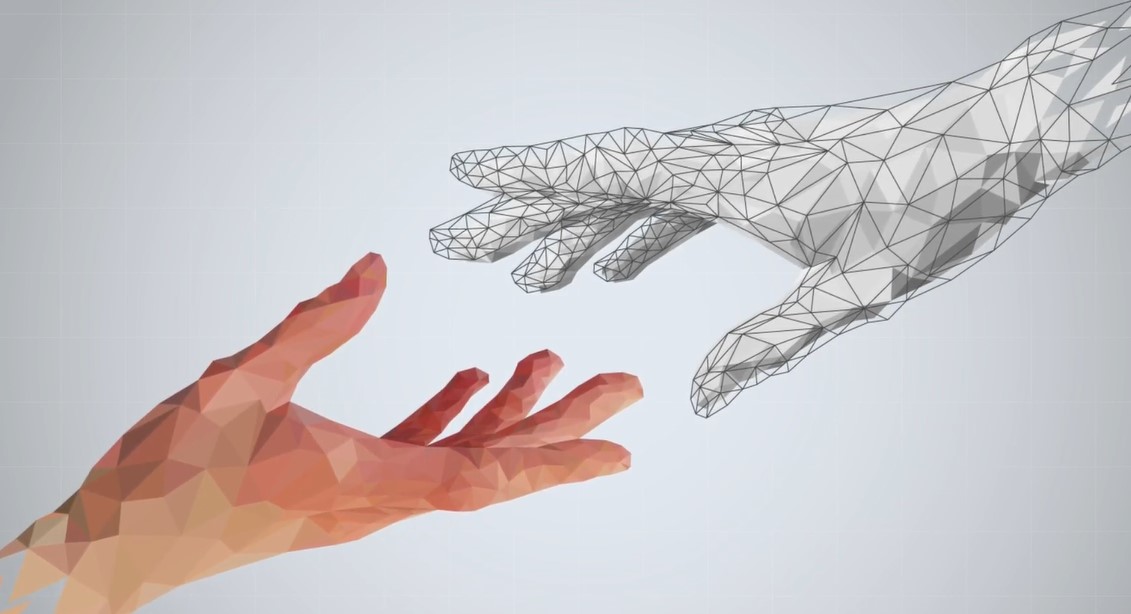2023 was the year when artificial intelligence continued to expand its influence across various aspects of our lives, proving to be a captivating period full of innovation. In a dynamic landscape, we witnessed an explosion of significant events and remarkable technological advancements, impacting sectors such as technology, AI art, chatbots, and more. This content aims to provide a detailed retrospective of the major events, albeit subjective given the wealth of occurrences that defined the year 2023 in the field of artificial intelligence.
January was marked by Microsoft’s impressive $10 billion investment in OpenAI, solidifying the strategic collaboration between the two companies. Significant improvements in text-to-speech technology were highlighted with the beta release of 11 Labs, providing a much more natural audio experience. In the field of AI art, the open platform instruct-pix2pix was launched, allowing users to edit high-quality images with AI that surpassed previous results obtained with DALL-E, Stable Diffusion, or MidJourney.
The events in February brought to the forefront the intensified competition between Google and Microsoft in the chatbot domain, with Bard and Bing Chat entering the AI conversation scene. A notable reflection of AI capabilities in digital art was Control Nets, a technology enabling the customization of AI-generated images, marking a significant milestone in the evolution of this field.
March was a month full of announcements, including the highly anticipated launch of GPT-4, showcasing its ability to generate JavaScript code from hand-drawn sketches, emphasizing the spectacular advances of this new version.
April witnessed significant innovations in image and video segmentation with Meta’s introduction of Segment Anything, while Wonder Dynamics brought a substantial boost to the possibility of replacing real human characters with AI-generated ones in video productions. During the same period, autonomous chatbots such as Baby AGI and Auto GPT made their debut, with their potential still being explored.
May was marked by the notable presence of key figures in the AI community, such as Jeffrey Hinton, considered the father of AI, who announced his departure from Google expressing concerns about the risks associated with artificial intelligence. In contrast, Google announced its ambitions to integrate AI into a variety of products and services, emphasizing the increasing impact on society. The Senate hearing with Sam Altman, Gary Marcus, and others brought to the forefront the call for AI regulation to manage the extended impact of this technology. Noteworthy launches include OpenAI’s Shape-E, a text-to-3D image generator, and new AI functions integrated into Adobe Photoshop allowing image adjustments through text commands.
June brought the launch of Apple Vision Pro, adding AI functionalities to the technological portfolio of the Cupertino giant. Runway Gen 2 provided an improved way to generate videos based on text prompts or images.
In July, AI summarization tools gained popularity, and Anthropics introduced Claude 2, offering an extended and captivating context window for users. Claude 2, developed by Anthropics, brings an advanced AI chatbot capable of interpreting vast amounts of text-written information, making it even more powerful than ChatGPT, which is relatively limited to long documents. Also during this period, Llama 2, a result of collaboration between Microsoft and Meta, was released as a free resource for research and commercial use, consolidating the trend of open-source language models. Generative Fill in Photoshop, brought by Adobe, represented a significant contribution to image modification through simple text prompt typing.
August can only be mentioned for the launch of Vary Region by midJourney, an image editor rolled into a platform.
September brought a new update to ChatGPT, allowing interaction with the model through verbal queries and responses, as well as image interpretation.
In October, DALL-E 3 became a benchmark in AI image generation, offering faithful responses to complex commands, and Adobe Illustrator introduced Text to Vector, allowing efficient transformation of images into scalable vectors.
November brought Grock, an AI model trained on Twitter data, according to Elon Musk’s announcement, and the revelation of GPT-5 at OpenAI Dev Day, with personalized assistants trained in ChatGPT. Significant progress was made in video editing with Motion Brush, latent consistency models, and tools like Realtime Canvas from Leonardo and Korea.ai technology.
In December, the year concluded with the announcement of Gemini and the launch of Mixtral of Experts, a new approach in large language models, paving the way for increased efficiency in provided responses.
Through these events, 2023 proved to be an exceptionally prolific year in technological advances and innovations in the field of artificial intelligence, eagerly anticipating further rapid progress in the coming year.
https://www.youtube.com/watch?v=I_m54jvnmgE&list=WL&index=6 on Matt Wolfe’s channel – EVERYTHING That Happened In AI In 2023)



